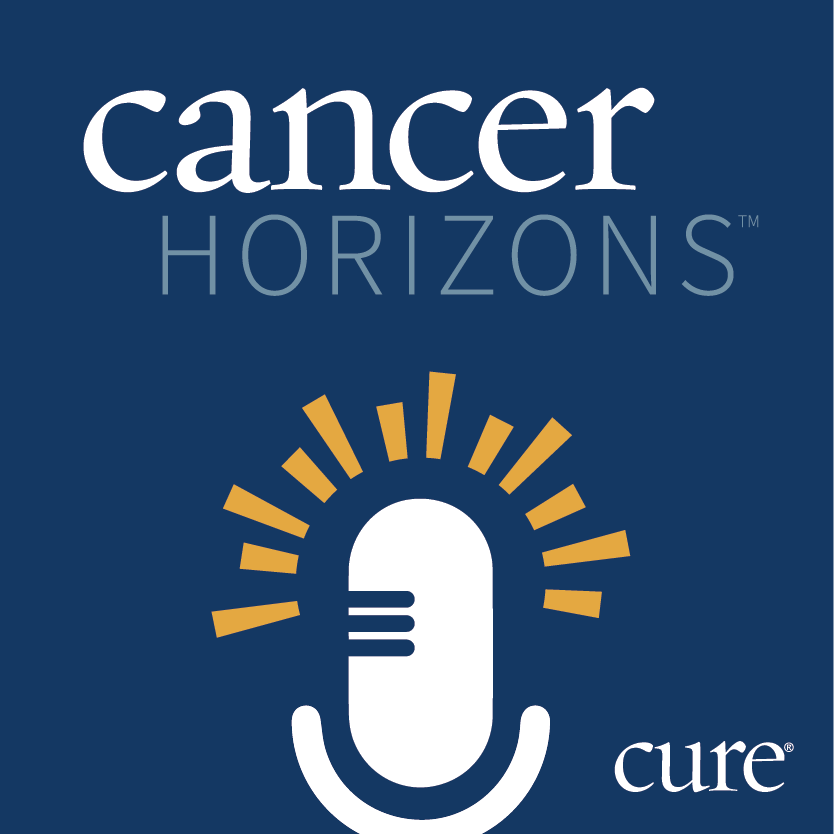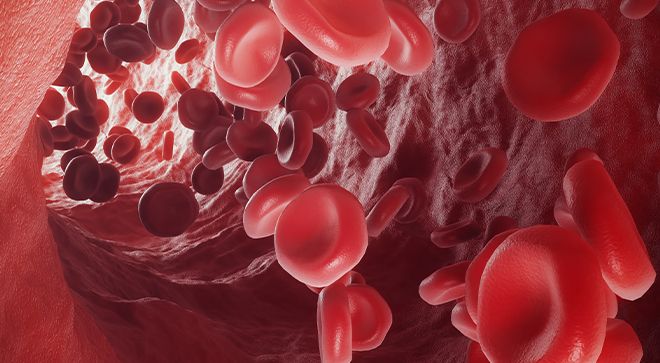News
Video
How an Advocate Unites Voices to Guide MPN Research Decisions
Richard Winneker gathers input from patients and researchers to shape MPN research, aiming to fund strategic projects for this population.
Richard Winneker, a patient advocate for the MPN Research Foundation, brings a personal connection to his work shaped by his time as a caregiver for his son, who had acute lymphoblastic leukemia. That experience, he said, gave him a lasting understanding of cancer’s impact on patients and families.
Speaking with CURE, Winneker explained how his background informs his current efforts to support people with myeloproliferative neoplasms (MPNs), particularly by centering their needs in research decisions. At the MPN Research Foundation, he plays a key role in identifying what projects to fund by synthesizing input from three major groups: patients, physician-scientists and pharmaceutical companies.
Winneker noted that this includes hearing directly from the MPN community through the foundation’s Patient Impact Council, regular conversations and surveys. He also collaborates closely with the organization’s scientific advisory board and engages with pharmaceutical sponsors developing new therapies.
Transcript:
There are three ways in which we try to bring together the ideas for where we want to fund, what we want to fund, and the projects that we want to develop. These involve engaging patients through our patient impact council, but also through regular conversations. We just recently sent out a large questionnaire to understand patient needs.
We, of course, engage with the research community and physician-scientists on a regular basis. We have a scientific advisory board that helps us with that information, of which John Crispino is a member. We also communicate regularly with pharmaceutical sponsors, as they are the ones who ultimately bring these new therapies and strategies to completion. So, we work with all three groups to really bring everything together.
That's essentially what I do: try to synthesize all that information and say, "Okay, we've heard from all the key members of this community. How do we translate that into a strategy that works for us?" We then determine where we best fit within that strategy to fund research—to become a regular and reliable source of funding for the research community. But also, more so than ever, we are increasingly thinking about larger strategic initiatives that likely only we would undertake.
Transcript has been edited for clarity and conciseness.
For more news on cancer updates, research and education, don’t forget to subscribe to CURE®’s newsletters here.




